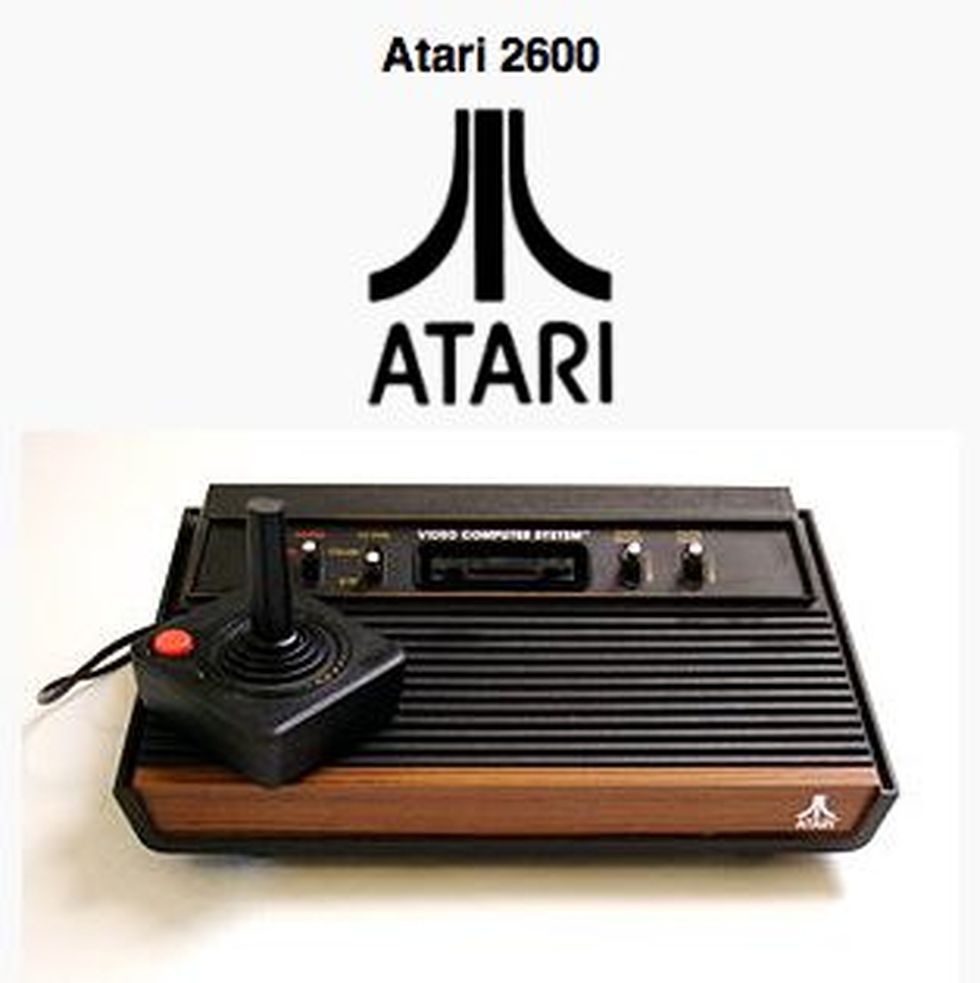A powerful example of an anti-smoking advertisement was interpreted through the classic arcade game Breakout. The initial objective of this game is the player can not allow the ball to hit the bottom of the screen. In the game, a layer of bricks fill up two-thirds of the screen. As the ball hits the bricks, the screen gets less full. American male artist, ReClark Gable, worked hard to tie this classic game to tell people to quit smoking. There could be two ways to view this anti-smoking poster, either that smoking is fun or dangerous.
Gable’s version replaces the bricks with lungs and replaces the cigarette with a paddle, which the ball bounces off. The rhetor picks a game that everyone can relate to even if they are not a regular arcade player. Picking a game that was released in 1976, shows the rhetorical use of pathos in this poster. The rhetor knows that many generations are familiar with this game and may have a nostalgic feeling towards this game. A person glancing at this poster could immediately think of playing or seeing someone that has played this game when they were younger. This rhetoric comparison to anti-smoking will make a person draw closer to the initial message to quit smoking. If this same person is a smoker, then they may stop smoking because of their emotional connection with the image. Through their emotional feelings, they will understand that once the ball falls off the cigarette then the lungs die, which represents a person’s life.
Additionally, the rhetorical use of pathos targets all genders, races, but not all ages. As this game originally came out as an arcade game in the late 1970s; the age group emotionally connected to this poster is 40 and up. The younger generation is use too many renditions of this game, but they probably were introduced to Breakout on their phones rather than in an arcade. People in the 40 and up age group will less likely perceive this rhetorical message as thinking smoking is fun because it is in the form a game they are used to seeing. The younger generation age group are more likely to relay the rhetorical message as an illusion that smoking is fun because they will not have the nostalgic feeling of the original version of Breakout played in an arcade.
However, the rhetorical use of ethos desensitizes the true message to quit smoking in this anti-smoking poster. Understanding that the rhetor is trying to connect with his targeted audience in a unique way, the use of a classic game makes it seem as if the rhetorical message is stressed too hard advocating the dangers of smoking. The campaign for anti-smoking has been around for decades and has been determined to end smoking in different ways. Moreover, this poster has a game as its central template and persuades that smoking is fun; like a game. The rhetor probably wanted to use a game because games are seen as fun and will get people’s attention. I am not sure if the rhetor thought of the consequences of mixing fun with a life threatening issue.
At this point, the rhetor pushed trying to have a good sense of morality with the audience so hard that it failed. Someone who has a family member dying from lung cancer caused by smoking could feel offended. They could feel the rhetorical message is saying that even though smoking kills people, we should still treat smoking as a social entertainment. Games are known for making people happy and taking their mind off of their reality.
Therefore, the rhetorical use of pathos and ethos means a person could look at this poster as an advocate for smoking or trivialize to anti-smoking. The rhetorical use of logos can help a person pick a side and choose how the poster makes them feel theoretical. This poster shows that individuals have the power to either continue smoking, even though they are aware of death as the end result, so they continue to play the game; however, this poster also grants a person the power to decide to stop smoking, meaning they can end the game. A person glancing at this poster will understand that when the ball bounces below the cigarette paddle or when the ball hits all the lung tiles-- the person is dead. The message from the poster presents death in both ways. The only way the lungs will survive is if the game is paused, which represents a person stopping to smoke. This poster really targets the consequences of short and long-term effects of smoking cigarettes through the rhetorical use of logos.
In addition, the Centers for Disease Control and Prevention, known as the CDC, statistics say, “Males are more likely to die from smoking cigarettes.” Also, the CDC statistics says, “People below the poverty level are more likely to die from smoking cigarettes.” From these statistics, one can see that the targeted demographics are middle and lower-class males. The logic reasoning is the working class smokers the nicotine for an escape from their financial hardships.
The rhetor’s poster definitely allows a person to have different views about anti-smoking. The older generation has a more nostalgic connection to this poster because they were the generation that went to arcades because the internet was not in existence, whereas this current generation is used to the version of Breakout played on their phones. The rhetor knows people often respond more to an emotional appeal than an appeal based on reason. Though the rhetorical methods of persuasion may not be laid out in the best ways, he does want people to quit smoking and save their lives.
















